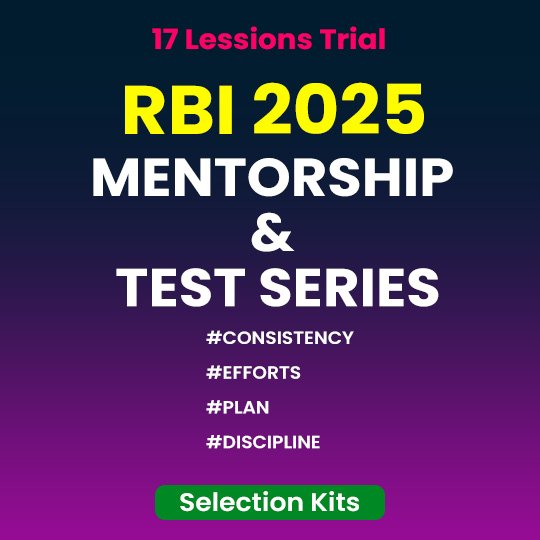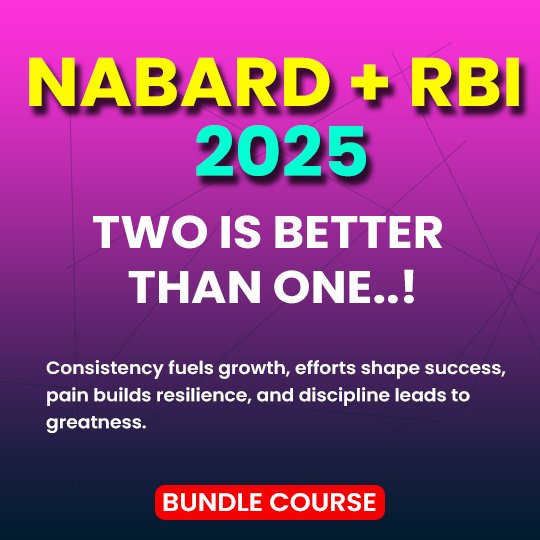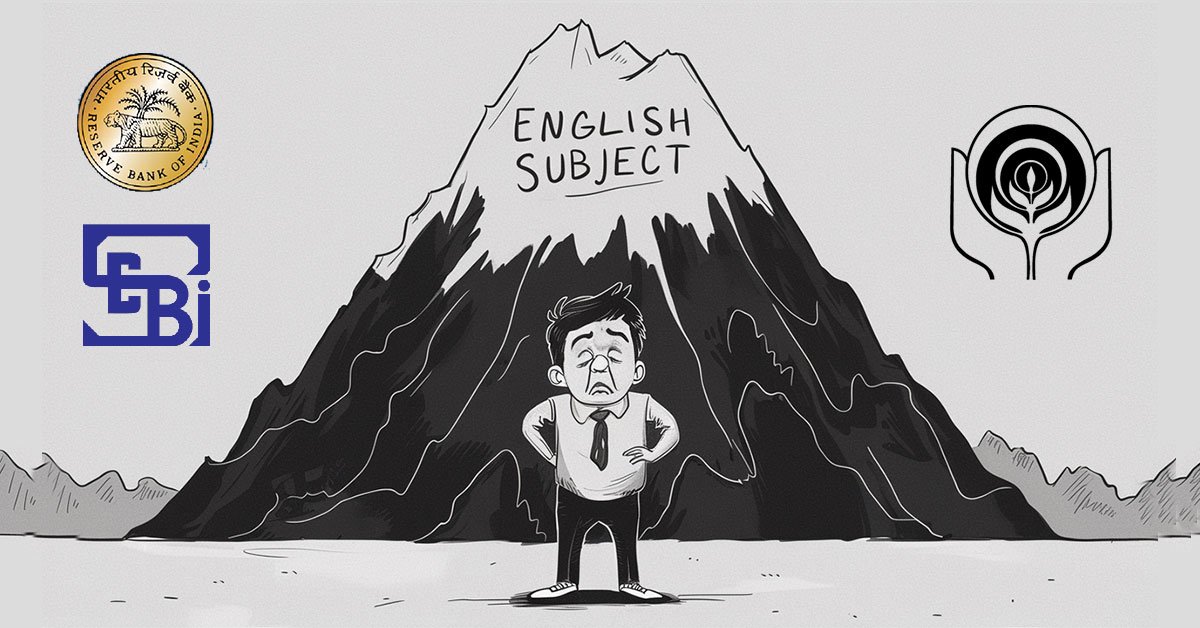Introduction
Water is the most critical input in agriculture, but its availability is increasingly under stress due to climate change, erratic rainfall, over-extraction, and inefficient irrigation methods. In India, where agriculture is largely rain-dependent, water scarcity poses a significant challenge to food security and rural livelihoods.
Recognizing the urgent need for efficient water use, the Government of India launched the Per Drop More Crop (PDMC) scheme, a key component of the Pradhan Mantri Krishi Sinchayee Yojana (PMKSY). This scheme focuses on micro-irrigation technologies like drip and sprinkler irrigation, helping farmers use water judiciously and efficiently while increasing their crop yields.
Understanding the Per Drop More Crop Scheme
The Per Drop More Crop scheme was introduced by the Ministry of Agriculture & Farmers Welfare to enhance water-use efficiency in agriculture through precision irrigation methods. Unlike traditional flood irrigation, which leads to water wastage, soil degradation, and uneven crop growth, micro-irrigation ensures that every drop of water reaches the root zone of plants effectively.
This scheme is particularly crucial for states facing frequent droughts, groundwater depletion, and low irrigation coverage. By adopting drip and sprinkler irrigation, farmers can save up to 40-50% of water while increasing productivity by 20-30%.
Key Features of the Per Drop More Crop Scheme
- Promotion of Micro-Irrigation
- Encourages farmers to adopt drip irrigation (direct water supply to plant roots) and sprinkler irrigation (water spray over crops).
- Suitable for a wide range of crops, including cereals, pulses, vegetables, and fruits.
- Financial Support through Subsidies
- Small & marginal farmers receive a 55% subsidy for installing micro-irrigation systems.
- Other farmers receive a 45% subsidy.
- Some state governments offer additional financial assistance, reducing the farmer’s burden.
- Water Conservation & Efficiency
- Aims to reduce wastage of water and increase irrigation efficiency.
- Encourages water harvesting and optimal distribution.
- Climate Resilience & Sustainable Agriculture
- Helps farmers cope with droughts and erratic monsoons.
- Reduces soil erosion, improves soil health, and prevents salinity buildup.
- Integration with Other Government Programs
- Works in coordination with Har Khet Ko Pani and More Crop Per Drop under PMKSY.
- Also linked to Soil Health Card Scheme, Rashtriya Krishi Vikas Yojana (RKVY), and National Mission for Sustainable Agriculture (NMSA).
How Does Micro-Irrigation Work?
The Per Drop More Crop scheme promotes two major types of micro-irrigation systems:
- Drip Irrigation
- A network of pipes and emitters delivers water directly to the plant roots.
- Reduces water loss due to evaporation and runoff.
- Ideal for orchards, vineyards, vegetables, and high-value crops.
- Sprinkler Irrigation
- Water is sprayed over crops in fine droplets, simulating rainfall.
- Best suited for cereals, pulses, fodder crops, and large fields.
- Reduces soil erosion and helps in uniform water distribution.
| Feature | Drip Irrigation | Sprinkler Irrigation |
|---|---|---|
| Water Efficiency | 50-70% water savings | 30-50% water savings |
| Best For | Orchards, vegetables | Cereals, pulses, fodder crops |
| Cost | Higher | Moderate |
| Soil Suitability | Best for light & sandy soils | Suitable for all soil types |
Objectives of the Per Drop More Crop Scheme
The primary objectives of the Per Drop More Crop scheme include:
- Enhancing Water-Use Efficiency:
- Promoting the judicious use of water through micro-irrigation.
- Boosting Agricultural Productivity:
- Providing optimal water supply to crops, improving yields.
- Encouraging Sustainable Farming:
- Promoting water conservation and efficient irrigation practices.
- Reducing Water Wastage:
- Shifting from traditional irrigation to drip and sprinkler systems.
- Supporting Farmers:
- Offering subsidized installation of micro-irrigation systems.
- Mitigating Climate Change Impact:
- Helping farmers adapt to changing rainfall patterns.
Eligibility Criteria for the Per Drop More Crop Scheme
To avail the benefits of this scheme, farmers must meet the following eligibility conditions:
- All farmers—including small, marginal, and large-scale farmers—can apply.
- Farmer Producer Organizations (FPOs), cooperative societies, and self-help groups are eligible.
- Both rainfed and irrigated agricultural lands can benefit.
- Priority is given to water-stressed districts and regions facing frequent droughts.
Application Process for the Per Drop More Crop Scheme
The application process for the Per Drop More Crop scheme is simple and involves the following steps:
- Visit the Agriculture Department Portal of your respective state.
- Register as a Farmer by providing land details and personal information.
- Submit an Application along with land ownership proof, Aadhaar, and bank details.
- Field Inspection by officials to verify land suitability.
- Approval & Subsidy Disbursement directly to the farmer’s account.
- Installation of Micro-Irrigation System by an authorized vendor.
- Post-Implementation Monitoring to ensure effective usage.
Major Benefits of the Per Drop More Crop Scheme

1. Agronomic Benefits
- Increases crop yield by 20-30%.
- Provides uniform water supply, reducing crop failure risks.
- Enables precise fertilizer application (fertigation).
- Improves soil structure and reduces weed growth.
2. Economic Benefits
- Saves 40-50% water, reducing irrigation costs.
- Increases farmer’s income due to better yields.
- Reduces labor costs by automating irrigation.
- Government subsidies make installation affordable.
3. Environmental Benefits
- Prevents groundwater depletion.
- Reduces electricity consumption for irrigation.
- Lowers carbon footprint due to reduced fuel usage in water pumping.
- Minimizes soil erosion and salinity.
Implementation & Subsidy Details
The Per Drop More Crop scheme is implemented by the Department of Agriculture & Farmers Welfare in collaboration with state governments.
Subsidy Structure
- 55% subsidy for small & marginal farmers.
- 45% subsidy for other farmers.
- Additional support from state governments in some cases.
Eligibility Criteria
- All farmers, including individual farmers, FPOs, and cooperatives.
- Both rainfed and irrigated areas.
- Preference for water-stressed districts.
Challenges in Implementation
Despite its success, the scheme faces several challenges:
- High Initial Investment:
- Even with subsidies, many small farmers struggle with upfront costs.
- Lack of Awareness:
- Limited outreach and knowledge prevent farmers from adopting the scheme.
- Maintenance Issues:
- Drip systems require regular cleaning and replacement, adding to costs.
- Dependence on Groundwater:
- In some areas, poor water availability affects efficiency.
Impact of the Per Drop More Crop Scheme in India
The scheme has brought transformational changes in Indian agriculture:
- Increase in irrigated area under micro-irrigation in states like Maharashtra, Gujarat, Karnataka, and Tamil Nadu.
- More than 10 million hectares of land covered under drip & sprinkler irrigation.
- Farmers have reported a 20-30% increase in yield.
- Significant reduction in water wastage, saving millions of liters annually.
Conclusion
The Per Drop More Crop scheme is a game-changer in India’s quest for sustainable agriculture. By promoting micro-irrigation, conserving water, improving crop yields, and reducing costs, it is helping farmers adapt to climate challenges while ensuring long-term food security.
















